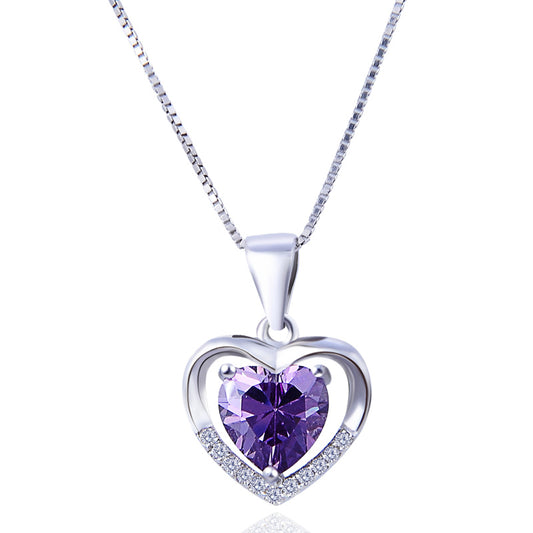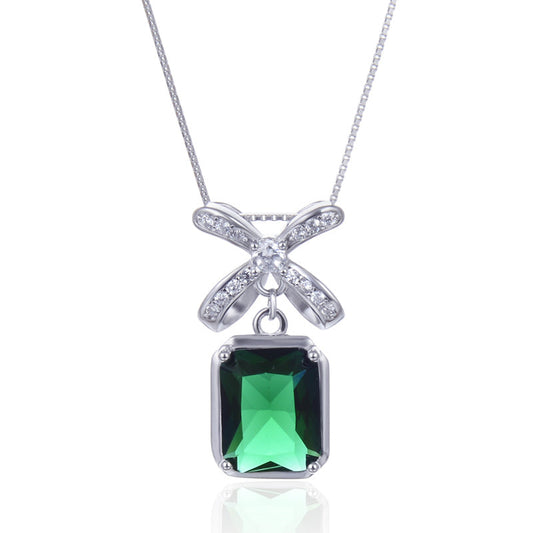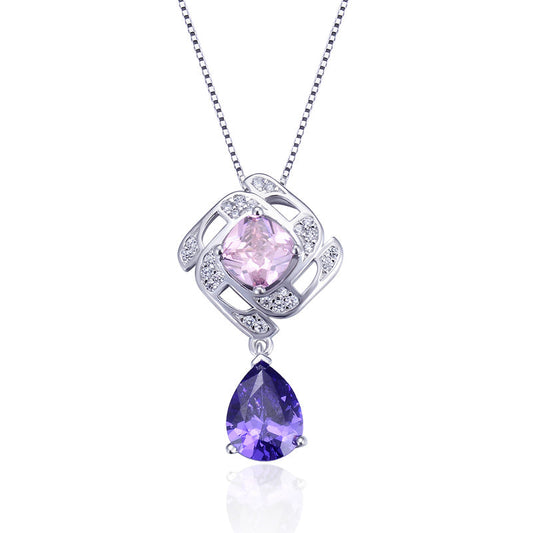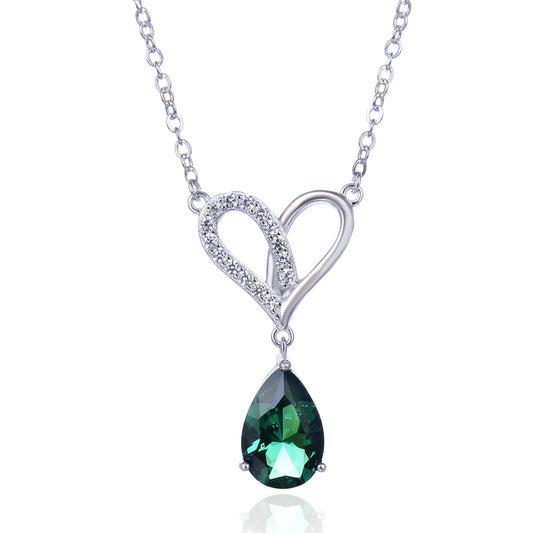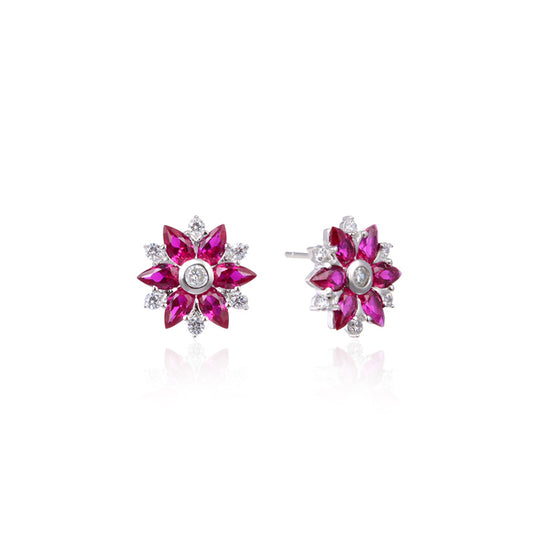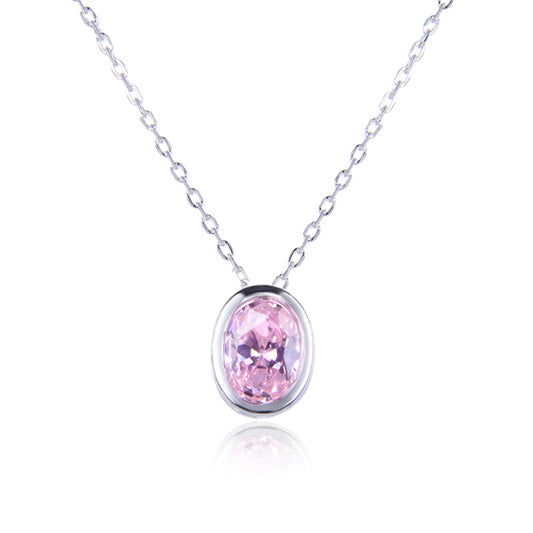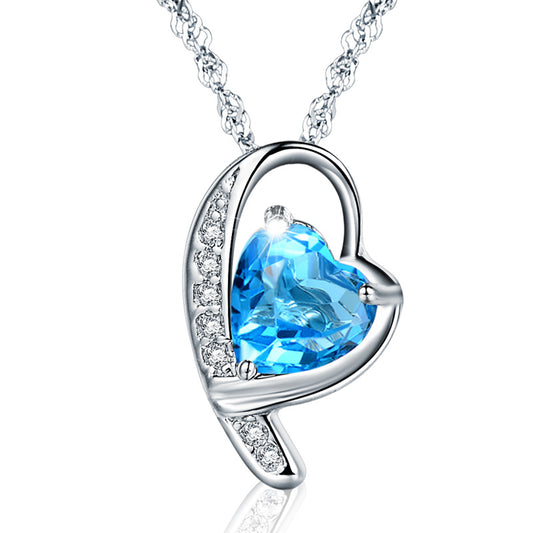The Phenomenon of "Burn Book" in "Mean Girls": A Media Analysis
In the realm of popular culture, few films have left as indelible a mark as "Mean Girls." Directed by Mark Waters and written by Tina Fey, the 2004 teen comedy not only captured the essence of high school drama but also introduced a nefarious concept that has since become synonymous with backstabbing and gossip: the burn book. This article delves into the burn book's cultural significance, its portrayal in the media, and its enduring relevance in today's social landscape.
What Is a Burn Book?
A burn book, as depicted in "Mean Girls," is a notebook where members of a clique document incriminating information, rumors, and insults about their peers. Its purpose is twofold: to bond the group through shared secrecy and to wield power over those they deem enemies. In the film, the burn book is a pivotal plot device that drives the conflict and ultimately, the characters' growth.
Media Representation
Since the release of "Mean Girls," the term "burn book" has become a household phrase, often invoked in discussions about bullying, clique culture, and high school dynamics. The media's fascination with this concept is evident in the numerous articles, interviews, and think-pieces that have analyzed it from various perspectives.
In the immediate aftermath of the film's success, news outlets and magazines were quick to draw parallels between the fictional burn book and real-life instances of teenage gossip and bullying. Reports emerged of actual burn books being found in high schools, sparking debates about the influence of the movie and the prevalence of such behavior among youth.
The mainstream media also capitalized on the trend, with talk show hosts and pop culture commentators discussing the burn book phenomenon at length. These discussions often centered on the film's accurate portrayal of high school social hierarchies and the role of gossip in shaping those hierarchies.
Social Media and the Digital Burn Book
In the age of social media, the burn book has evolved from a physical notebook to a virtual space where gossip and slander can spread even faster and reach a wider audience. Platforms like Instagram, Twitter, and Snapchat have become modern-day equivalents, where users can anonymously post rumors, screenshots of private conversations, and embarrassing photos with the potential to ruin someone's social standing.
The media has not shied away from covering these digital burn books, often highlighting their destructive power and the challenges they pose to privacy and reputation. Articles frequently discuss the ethical implications of sharing sensitive information online and the long-term consequences it can have on individuals, particularly teenagers.
Cultural Impact
The burn book's cultural impact extends beyond its literal form. It has become a symbol of the darker side of female friendships, the complexity of high school social dynamics, and the consequences of gossip and bullying. The media's treatment of this topic often reflects broader conversations about these issues in society.
For instance, when discussing the rise of cyberbullying, journalists and experts often refer back to the burn book as a prime example of how gossip and malice can escalate in a digital environment. Similarly, when exploring the dynamics of female friendships, the media frequently invokes the film's portrayal of cliques and the role of the burn book in maintaining those cliques.
The Legacy of "Mean Girls" and the Burn Book
Nearly two decades after its release, "Mean Girls" and its infamous burn book continue to resonate with audiences worldwide. The film's lasting impact is evident in how it has shaped popular culture's understanding of high school social dynamics and the role of gossip in those dynamics.
The media's ongoing fascination with the burn book underscores its relevance in today's social landscape, where gossip and bullying persist despite increasing awareness of their harmful effects. As such, the burn book remains a potent symbol of the complexities and pitfalls of teenage social life, serving as a reminder of the importance of kindness, empathy, and respect.
In conclusion, the burn book from "Mean Girls" is not just a plot device from a popular movie but a cultural touchstone that has sparked numerous conversations and reflections about the nature of gossip, bullying, and clique culture. Its enduring presence in the media attests to its significance as a social phenomenon that continues to resonate with audiences of all ages.
Recent News and Trends
In recent years, the burn book has made headlines in various contexts, ranging from pop culture nostalgia to more serious discussions about bullying and online harassment. Here are some notable examples:
-
Nostalgia and Revival
As "Mean Girls" celebrates its milestone anniversaries, the media has been filled with nostalgic articles and interviews looking back at the film's impact and cultural legacy. The burn book often takes center stage in these discussions, serving as a reminder of the movie's enduring popularity and influence. Fans have even recreated their own versions of the burn book as a tribute to the film, sharing them on social media platforms.
-
Bullying and Cyberbullying
The burn book continues to be a relevant topic in discussions about bullying and cyberbullying. As awareness about the harmful effects of these behaviors grows, the media often uses the burn book as a reference point to illustrate how gossip and malice can escalate and cause lasting damage. Articles and reports frequently highlight the parallels between the fictional burn book and real-life instances of bullying, emphasizing the importance of education and intervention.
-
Privacy and Reputation
With the rise of social media, the concept of the burn book has taken on new meanings in terms of privacy and reputation management. The media has reported on several cases where private information or embarrassing content has been leaked online, resembling the destructive power of a burn book. These incidents have sparked conversations about the responsibility of social media platforms and the need for stronger privacy protections.
-
Female Friendships and Clique Culture
The portrayal of female friendships and clique culture in "Mean Girls" remains relevant in today's social landscape. The media often explores how these dynamics play out in real life, particularly among teenagers and young adults. Articles discuss the positive and negative aspects of female friendships, the role of gossip in maintaining cliques, and the challenges of navigating these complex social networks.
The burn book from "Mean Girls" continues to be a relevant and multifaceted topic in the media. Its presence in pop culture nostalgia, discussions about bullying and cyberbullying, privacy concerns, and explorations of female friendships underscores its enduring significance as a cultural symbol and social phenomenon.


